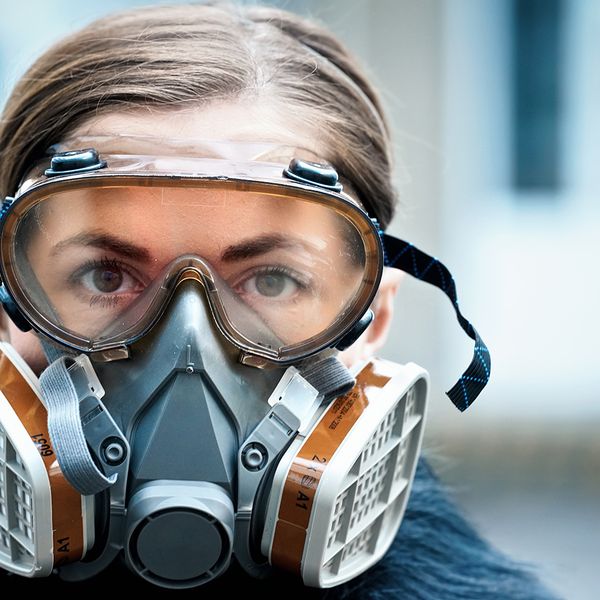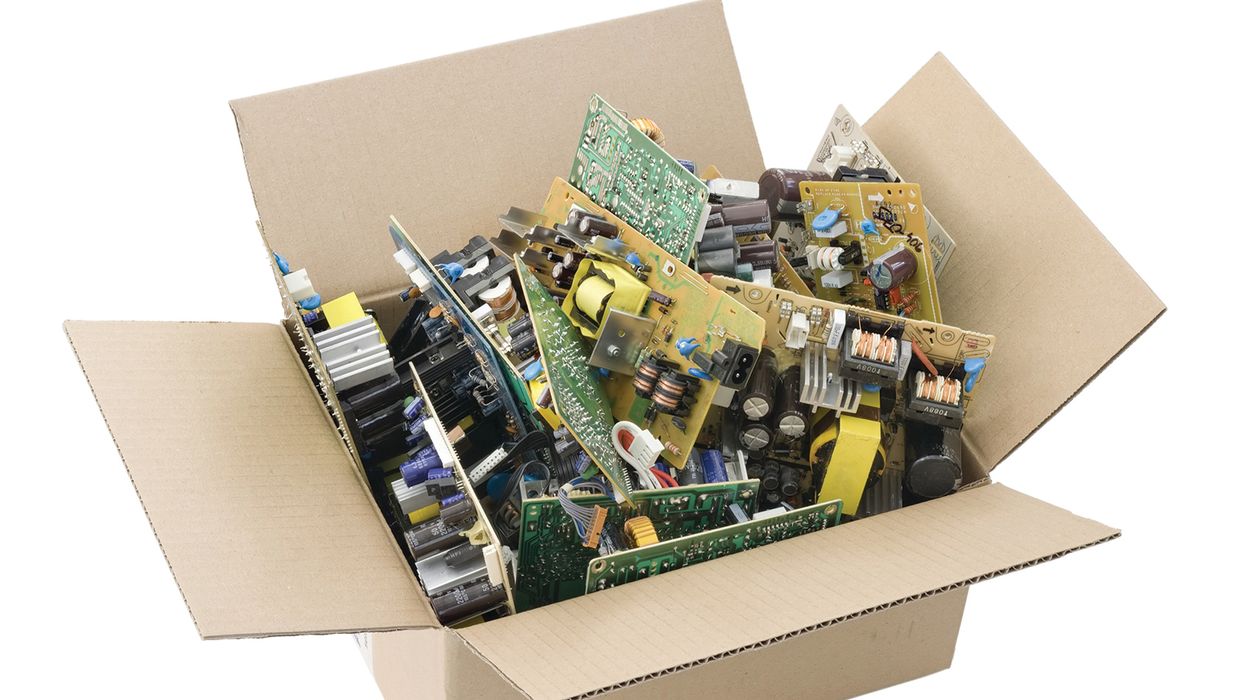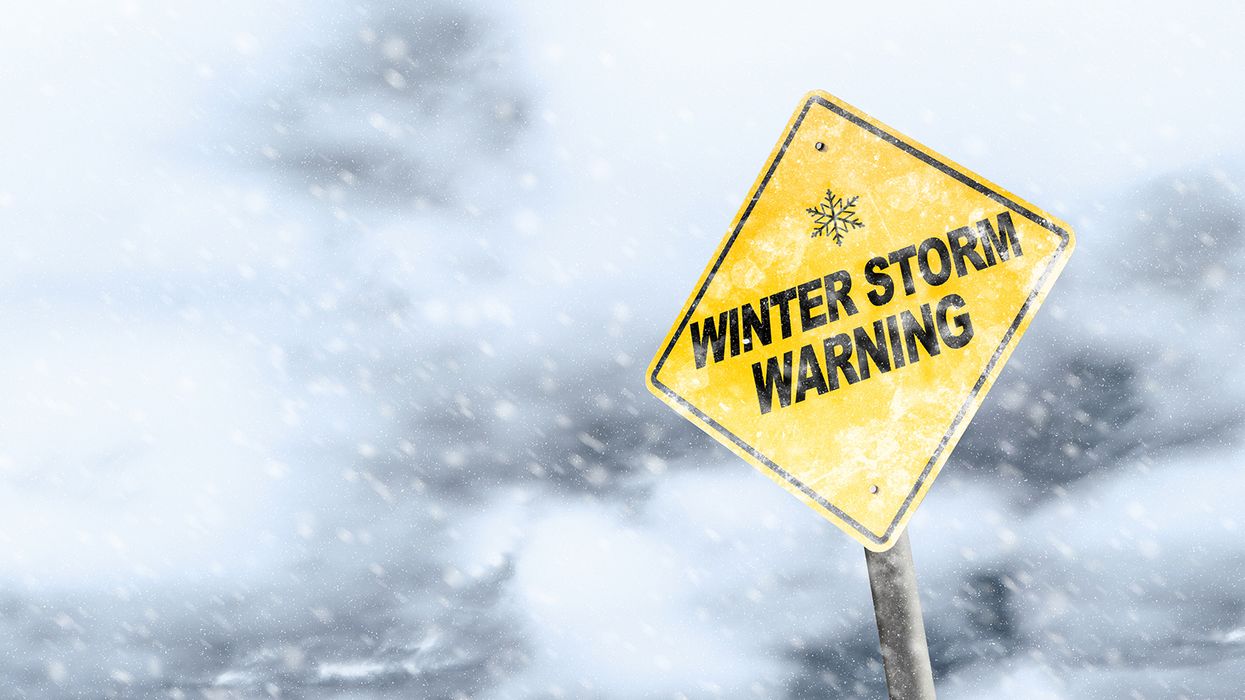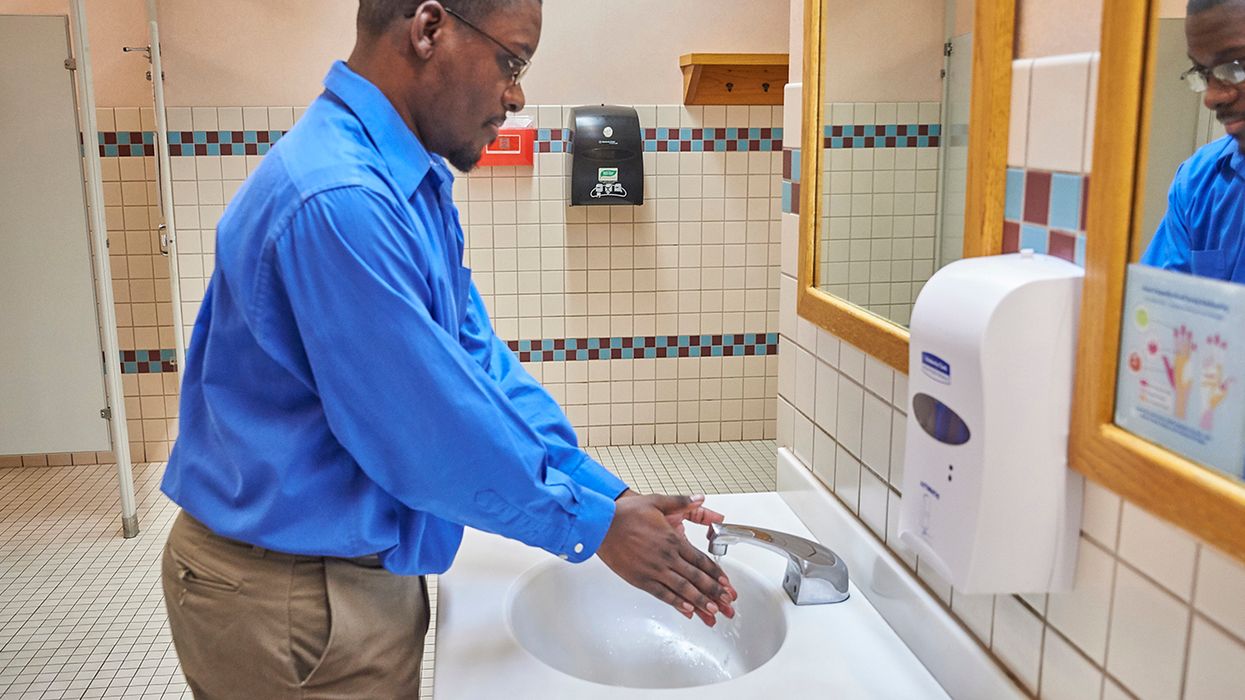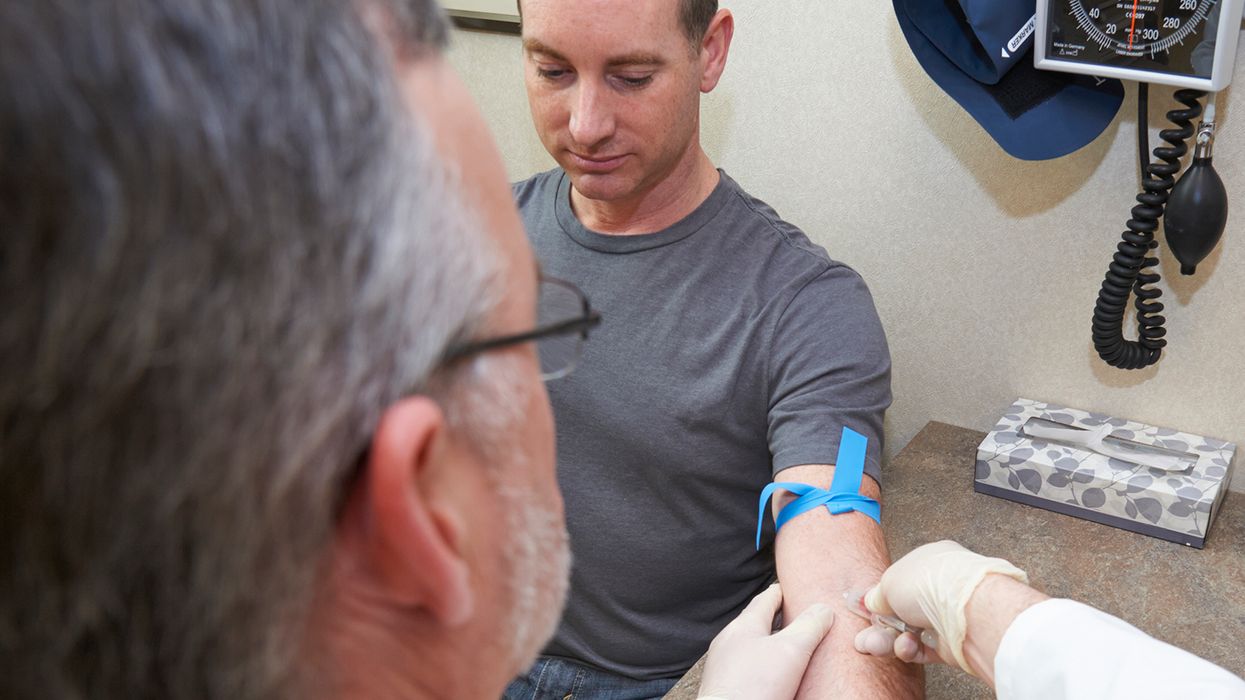Is YOUR location immune from OSHA safety inspections?
Wouldn’t you like to be off the hook from an OSHA knock at your door? Technically, you might already have some relief from “certain” OSHA inspections. You may not even know it. OSHA published an “Enforcement Exemptions and Limitations” directive in July. Read the fine print to see if your location(s) qualify for inspection limits.
Background
Every year Congress passes a budget bill for OSHA. Every year lawmakers too slip in a rider with OSHA enforcement exemptions and limitations. One of the enforcement limitations is for employers with 10 or fewer employees in a “low-hazard industry.”
OSHA is not allowed to use funds to “administer or enforce” any regulation under the Occupational Safety and Health Act (OSH Act) for qualifying employers, except for assistance, training, studies, inspections or investigations of worker complaints, and actions related to:
- Imminent dangers,
- Health hazards,
- Fatalities,
- Incidents with two or more hospitalizations, and
- Complaints of discrimination against employees.
Unless there’s a complaint, imminent danger, fatality, or two or more hospitalizations, it means OSHA cannot conduct programmed inspections (sometimes called targeted inspections) for “safety hazards” at qualifying sites.
Rider applicability
The small employer/low-hazard industry rider applies only if both of the following criteria are met:
- An employer has 10 or fewer employees currently and has not had more than 10 employees at any time during the previous 12 months; and
- The days away, restricted, or transferred (DART) rate for the employer's industry is currently below the national DART average, per the most recently published Bureau of Labor Statistics data.
Our OSHA sources tell us that the “10 or fewer” number is not for a company but for a single location. Therefore, even large companies with a location with 10 or fewer employees might discover that the specific location qualifies.
Note that qualified employers must still report any work-related incidents to the agency. Paragraph 29 CFR 1904.39(a)(3) requires all employers covered by the OSH Act to report to OSHA any:
- Work-related incident that results in a fatality,
- In-patient hospitalization,
- Amputation, or
- Loss of an eye.
Once OSHA receives one of these reports, the agency determines if an inspection or investigation will be conducted.
New directive
For decades, OSHA used directive CPL 2-0.51J to instruct its OSHA officers how to handle (and avoid) these locations for inspection. OSHA would amend the CPL annually to indicate which industries were considered “low-hazard industries” for each fiscal year.
OSHA may have grown tired of regularly amending that CPL and the bureaucracy involved. This summer, the agency created a webpage with a table of low-hazard industries. Then the agency replaced the old CPL with a new one — CPL 02-00-170. The latest CPL has no substantial changes to the officer instructions. However, it offers clarifications, 18 frequently asked questions, and an all-important link to the new webpage. OSHA won’t need to update this CPL, just the webpage.
Low-hazard industry webpage
A listing of the over 470 North American Industry Classification System (NAICS) codes for industries that qualify for limited enforcement activities under the Appropriations Act for 2024 is found on the webpage. These industries have a DART rate less than the national rate of 1.7 for 2022.
Because injury and illness rates change year to year, the list of low-hazard industries will also change. Your industry may or may not be on the list every year. You may wish to monitor the webpage.
Frequently asked questions
Frequently asked questions in the latest CPL that may interest you touch on:
- DART rates,
- NAICS industry classifications,
- OSHA discovering an employer is qualified only after an inspection where hazards are identified,
- Referrals of alleged hazards or violations,
- Counting temporary agricultural workers (with H-2A Visas) as employees,
- Subcontractors at the location,
- Expanding the scope of an inspection,
- OSHA phone/fax inquiries,
- OSHA rapid response investigations,
- OSHA severe injury reporting, and
- Performing work under different NAICS codes.
Key to remember
OSHA issued a new directive that offers criteria for employers that qualify for limited OSHA enforcement. These limitations affect certain programmed safety inspections for locations with 10 or fewer employees in a “low-hazard industry.”






